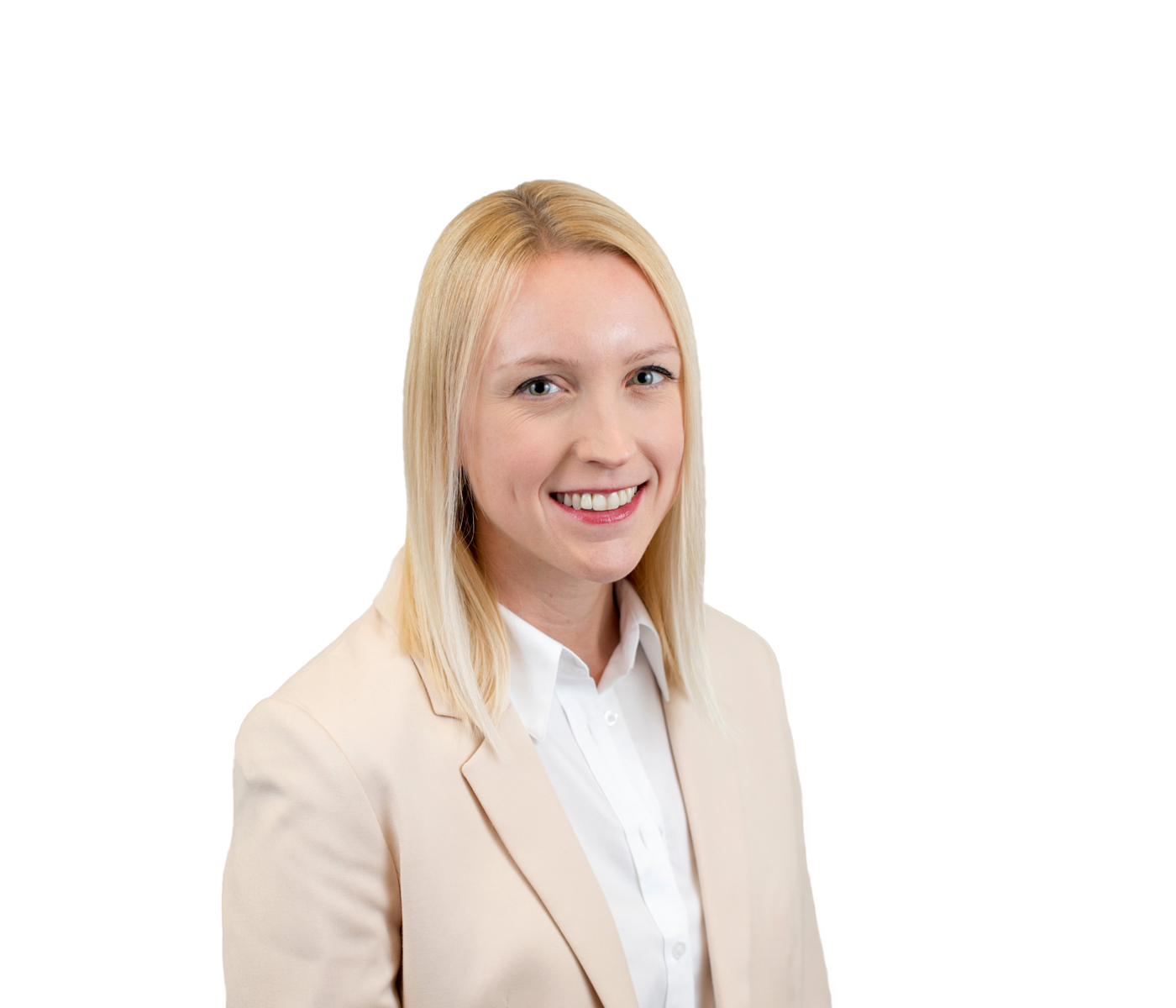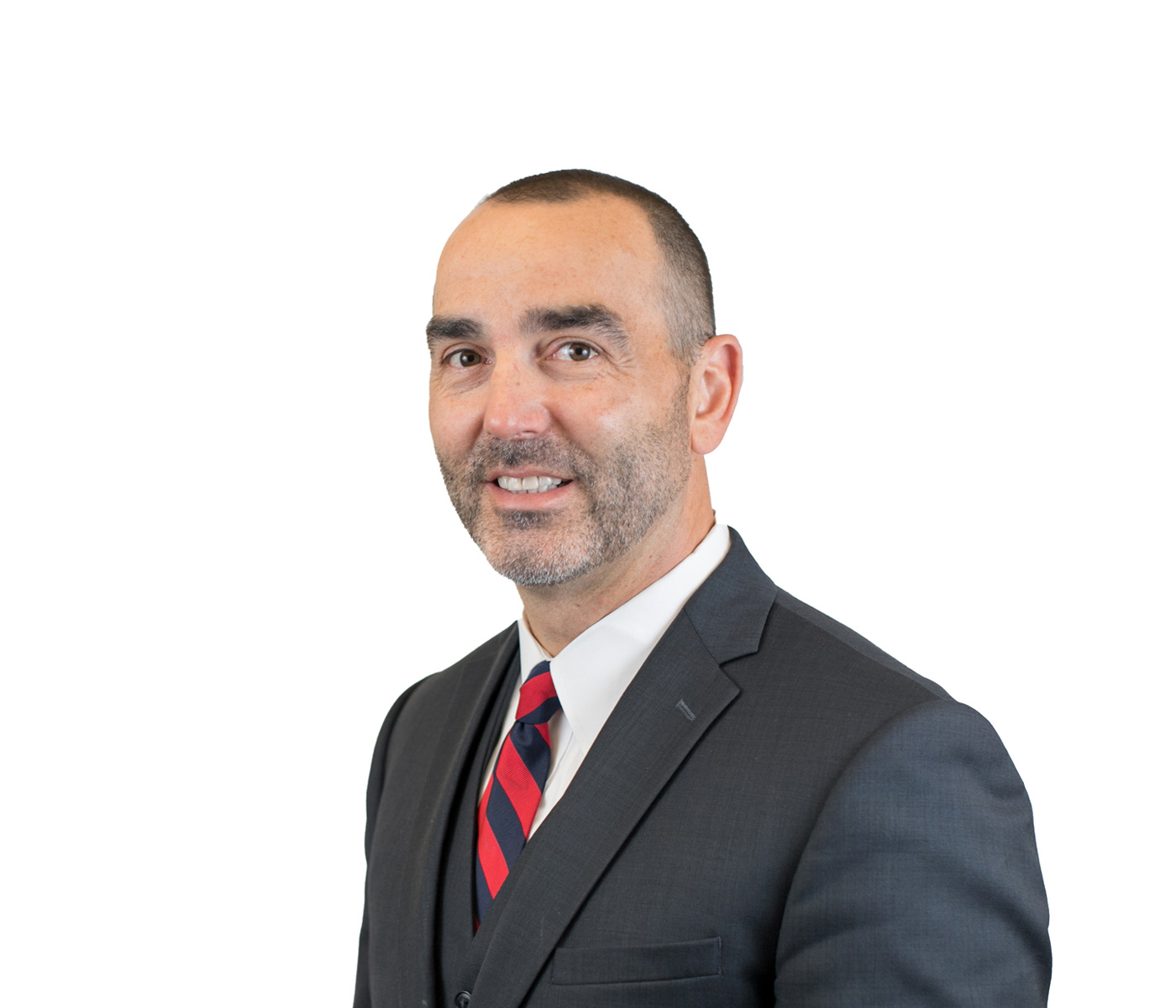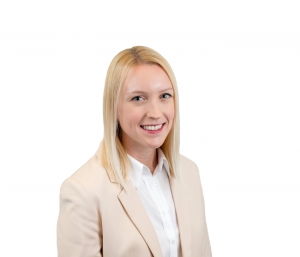On September 1, 2020, the Ohio Department of Medicaid (“ODM”) announced it has started the process to make a current temporary rule related to telehealth services permanent. In March 2020, ODM implemented a temporary rule designed to expand the use of telehealth services in response to the COVID-19 pandemic. Based on a significant increase in the usage of telehealth services, ODM now wishes to make the expansion permanent, and has submitted a proposed permanent rule for review and approval.
Prior to the COVID-19 pandemic, ODM providers submitted less than 1,000 telehealth claims per month for physical health services, and around 4,000 telehealth claims per month for mental health and addiction services. Since the implementation of the temporary rule, ODM providers have submitted 1.3 million claims for physical health services, and 1.28 million claims for mental health and addiction services.
The proposed rule includes a change in the definition of telehealth. Formerly, telehealth consisted of health care services provided by secure, synchronous, interactive, real-time electronic communication between the patient and the practitioner with both audio and video elements. Under the proposed rule, telehealth would now include health care services that are provided via a communication that is asynchronous or that does not have both audio and video elements, including telephone calls, remote patient monitoring, and communication through secure e-mail and patient portals. Under the previous rule, these activities were not considered telehealth.
The proposed rule also increases the types of practitioners eligible to render telehealth services to ODM patients. Additional eligible practitioners include dentists, optometrists, audiologists, and occupational and physical therapists. The proposed rule also adds to the types of telehealth services that may be paid for by ODM. Some of the additional covered telehealth services include:
- Remote evaluation of recorded video or images submitted by an established patient;
- Virtual check-in by a physician or other qualified health care professional who can report evaluation and management services, when provided to an established patient;
- Online digital evaluation and management services, when provided to an established patient;
- Remote patient monitoring;
- Audiology, speech-language pathology, physical therapy, and occupational therapy services;
- Limited or periodic oral evaluation; and
- Optometry services.
The proposed rule is currently under review by the Joint Committee on Agency Rule Review, with a hearing scheduled for October 1, 2020. ODM anticipates the review being completed and the rule being approved before the current temporary rule expires on November 14, 2020.
The significant increase in the amount of ODM patients utilizing telehealth cannot be ignored. Many healthcare professionals are taking steps to permanently modify their practice operations in order to accommodate the increased demand for telehealth services.
Kari Heinze is an associate in Walter | Haverfield’s Columbus office. She focuses her practice on business services within the healthcare and dental practice arena. Kari can be reached at kheinze@walterhav.com or at 614-246-2266.
Vince Nardone is Partner-in-Charge of Walter | Haverfield’s Columbus office. He serves as a business advisor to owners and executives of closely-held businesses, counseling them on business planning, tax planning and controversy, cash-flow analysis, succession planning, and legal issues that may arise in business operations. Vince can be reached at 614-246-2264 or vnardone@walterhav.com.


